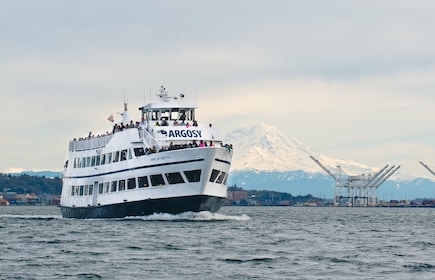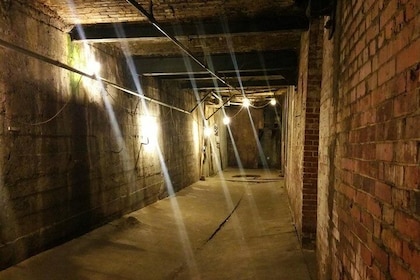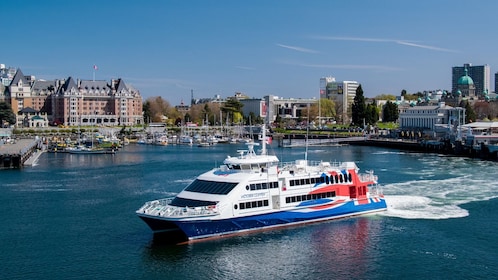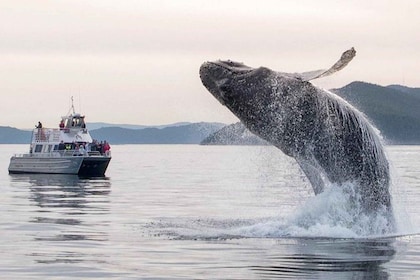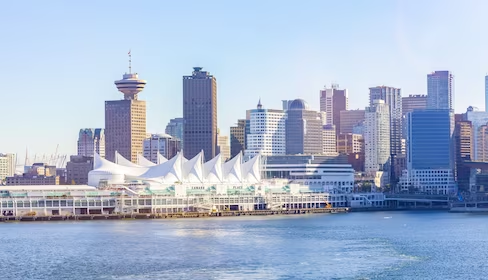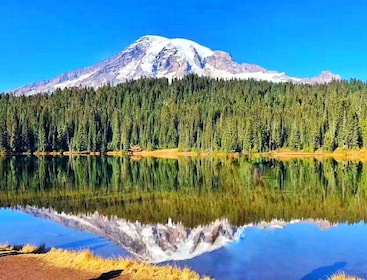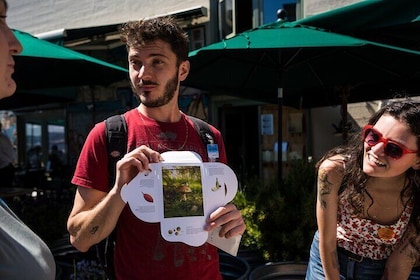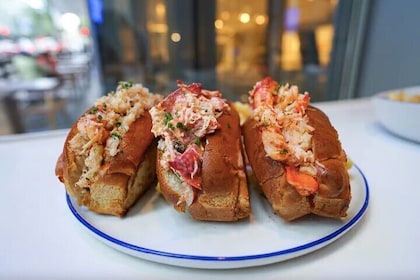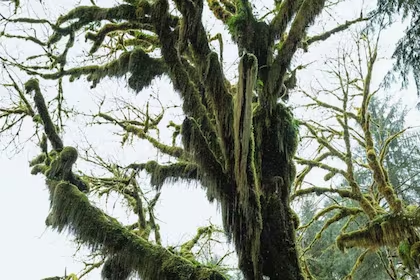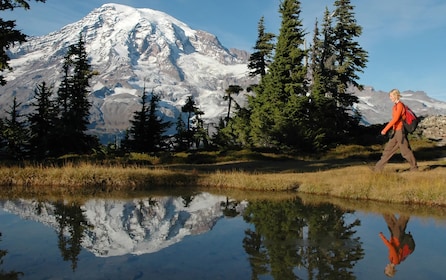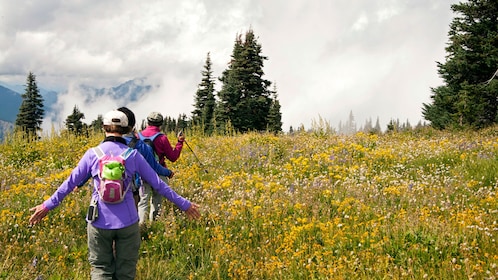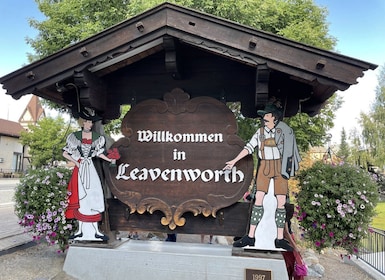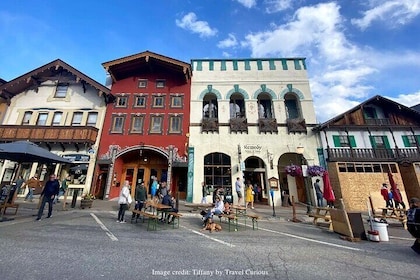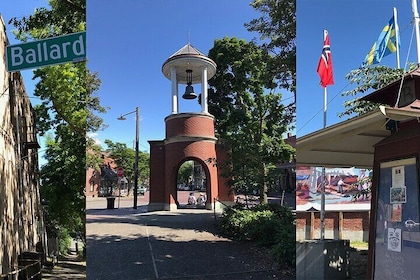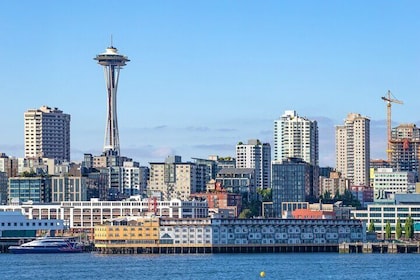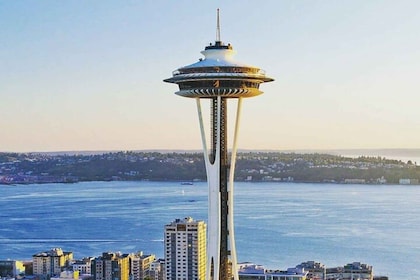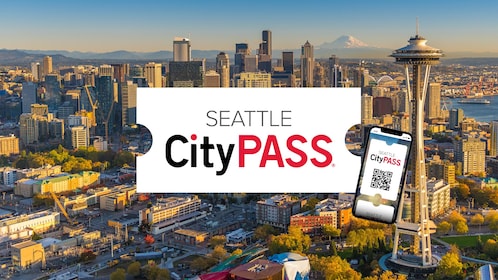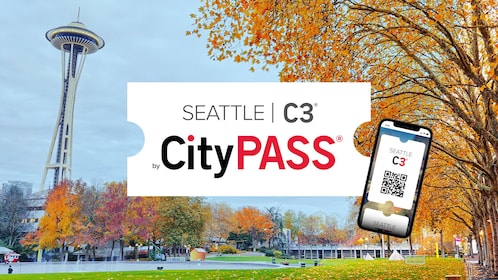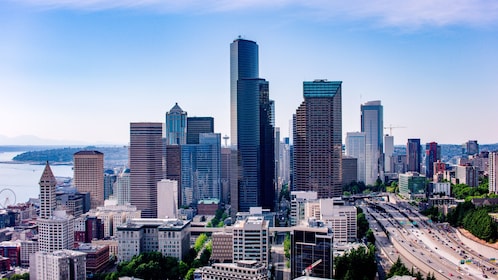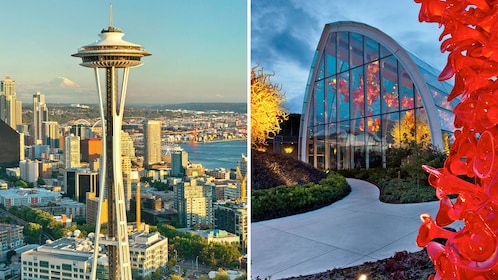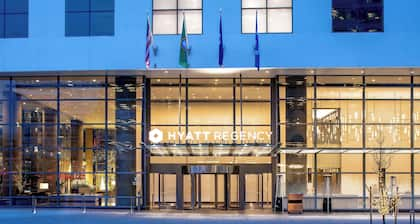Get to know Bainbridge Island and its interesting past when you visit Bainbridge Island Historical Museum, a 35-minute ferry ride away from Downtown Seattle. From shipbuilding, agriculture and Japanese American exclusion to secret wartime missions, the museum’s collections tell tales of this diverse island community.
Learn a bit about the history of the museum. In 1908, island residents built the Island Schoolhouse at Island Center, where it would become one of the area’s last one-room schoolhouses in operation. In 1972, the schoolhouse was donated to the museum and moved to Strawberry Hill Park. Today, the museum consists of two buildings, one of which is the former schoolhouse. The museum is continually growing and changing, offering new exhibits and public programming.
Hear the stories of the Suquamish people, who have long been a part of Bainbridge Island and Agate Passage, the Puget Sound strait between Port Madison and mainland Kitsap County. Read about their hunting and gathering practices that took advantage of the land’s bounty, including fish, cedar trees, deer and shellfish.
Move on to discover the story of one of the most productive sawmills in the world, which spurred on employment and immigration to the Puget Sound region.
If you arrived by ferry, take time to honor the legacy of Bainbridge’s most important form of transportation. Before 1950, when a bridge was built, the island was accessible by water only. This meant canoes for the Suquamish people. Later, a mosquito fleet of smaller passenger and ferry boats brought workers and residents to the island. Today, the iconic Seattle ferry system runs between the Downtown area and the island’s Winslow ferry terminal several times a day.
Additional exhibits include the story of pickleball, a favorite local pastime. The teen music scene, Japanese American exclusion in World War II, the importance of the shipbuilding industry and the island’s vital agricultural economy are also featured.
Visit the Bainbridge Island Historical Museum Friday through Sunday. It is closed Thanksgiving, Christmas and New Year’s Day. Admission is free and public parking is available nearby.





